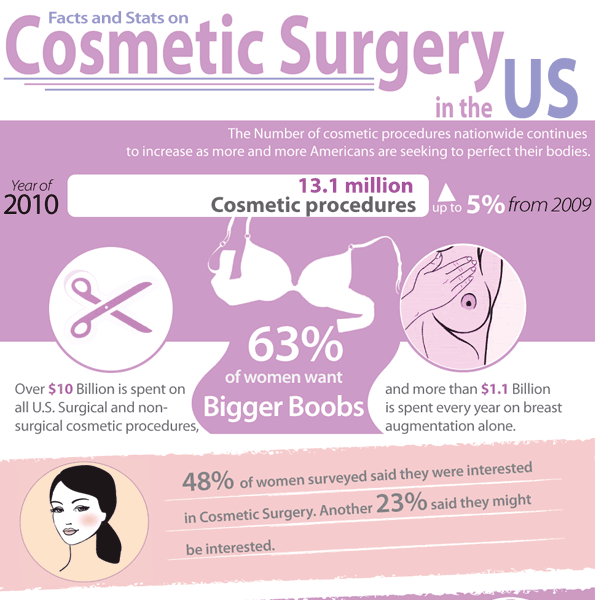How To Use Retinoids For Acne
How To Use Retinoids For Acne
Blog Article
Causes of Acne on Cheeks
Acne breakouts in the cheek location are triggered by many things, from touching your face often to not transforming your pillowcase typically enough. Picking at blemishes boosts your risk of infection and scarring, and certain medications can aggravate dark places (postinflammatory hyperpigmentation).
Luckily, there are many methods to prevent and deal with cheek acne. These include:
1. Hormone Changes
Acne is mainly caused by hormonal agents, especially those created during adolescence and maternity. For some, a family history of acne may additionally contribute to their condition. Anything that obstructs pores, such as oil-based skin care items or waxy hair items, can trigger acne. Different topical therapies, like benzoyl peroxide and salicylic acid, can combat microorganisms and unblock pores. Those with extreme or chronic acne must look for treatment from their medical professional.
Avoid touching or pressing your acne, as this can press some of the microorganisms deeper into the skin, causing an extra severe outbreak. It is additionally essential to change pillow cases frequently and use clean make-up brushes. You should likewise attempt to avoid toxic irritants such as friction from using a headgear or tight collar.
2. Diet plan
The oily, sweet foods that many people believe trigger acne may really not do so. As a matter of fact, researches have shown that consuming a diet regimen rich in entire, nutrient-dense foods helps to stop breakouts.
Foods high in the glycemic index (such as white bread, corn flakes, puffed rice and potatoes, doughnuts and other pastries) elevate blood sugar levels swiftly, and this can raise hormones that increase oil manufacturing and result in acne.
Consuming cow's milk has actually also been linked to enhanced acne outbreaks. If you are a regular cow's milk drinker, you may intend to attempt changing to low-fat or nondairy options that are strengthened with calcium. In addition, consuming even more water can help to minimize acne due to the fact that it helps to keep the skin hydrated.
3. Excess Oil
While oil is essential for healthy skin, it can end up being an issue when way too much sebum mixes with dead skin cells and obstructs pores. This mix can create blackheads, whiteheads and pimples. The skin rejuvenation treatments clogged pore wall can break down and spill germs, dead skin cells and sebum right into bordering skin. This leads to a red bump called an acne. Occasionally these red bumps have pus in the center from a bacterial infection. Larger contaminated bumps that appear like acne are called cysts.
There are many things that can trigger excess sebum and stopped up pores, consisting of hormonal agent fluctuations, diet plan and daily practices. Some instances consist of touching the face regularly, relaxing your hand on your cheek, making use of unclean makeup brushes and not altering pillowcases on a regular basis.
4. Stress and anxiety
If you're dealing with throbbing pimples or a multitude of blackheads and whiteheads, it might be time to talk with a skin doctor. They can advise a reliable therapy that matches your skin kind. Exercising leisure and stress-reduction strategies additionally aids.
Acne can take place in the cheeks due to friction and pressure, such as when a person touches their face frequently or wears a hat or sports helmet that massages versus the skin. It can additionally show up where oily cosmetics and creams massage versus the skin.
Stay clear of squeezing acne, as this can push infected material deeper into the skin and result in scarring. Instead, see a doctor to learn more about preventative therapies like drug, skin treatment items and way of living adjustments. Eating a healthy and balanced diet regimen of entire foods, obtaining 7 to 9 hours of rest and making use of noncomedogenic make-up and skincare products can all help reduce acne breakouts.
5. Hair Products
Hair products are not typically thought of as a cause of outbreaks, yet they can add to acne on the cheeks in some individuals. Pomade acne, which is identified by little closed comedones and papulopustules, is typically caused by the use of oily hair items that contain comedogenic active ingredients such as particular oils and acetylated lanolin.
Picking hair items that do not include these potentially comedogenic ingredients is a vital action toward reducing breakouts. Additionally, making sure that hair products aren't being available in contact with the skin can assist prevent outbreaks. As an example, using a scarf or hood during the night can limit hair-to-face contact and lower the probability that leave-in hair products will abrade onto the face.
Along with utilizing a non-comedogenic moisturizer and washing with an acne face laundry, other useful methods include: